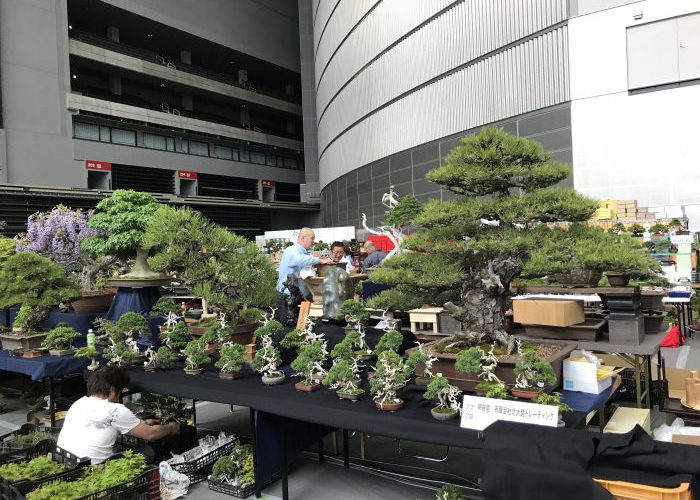Black pine

Pinus thunbergus、black pine
(black pine, scientific name: Pinus thunbergii) is a kind of pine species native to the coast of Japan and Korea.
Feature
Tree height can reach 40 m, but it is rare to grow to such a degree in the state of nature. As the record height of black pine, 66 m of “Pine of Kasuga Shrine” (Fusha village of Oki-gun Shimane Prefecture (present · Oki’s Shimamachi)), “Pine of Loose Trees Shrine” (Takeda City, Oita Prefecture 60 meters of the country’s natural monument), 55 m of “Dainichi Matsu” (Okinawa village of Ibaraki prefecture (present · Ryukeizaki city)), etc., none of them exist.
Needles are two leaves, 7 to 12 cm long and 1.5 to 2 mm wide. The cones are 4-7 cm long. The bark is gray black and thick, and cracks break apart into a honeycomb shape.
It has a dark bark compared to red pine, its name depends on this. Because needle leaves are also harder than red pine, they also have thick bamboo shoots, also known as “Omatsu (Omatsu)”. On the other hand, Pinus densiflora is called “female pine (meematsu)”. In the forest where Pinus thunbergii and Pinus densiflorus combine, hybrids (Aigomotsu) rarely occur.
As a cultivar, there is Pinus thunbergii f. Multicaulis.
pest
In North America, it is extinct in a wide range due to pine wilt nematode disease (infestation of pine wilt nematode with medaka). Subsequently, when the blue-affecting bacterium invades, the tree declines quickly and it dies. This pine wood nematode infiltrates into Japan accidentally and is striking a pine wood forest. When pine wood fly flies to a new (sprout) bud, the sprout withers to brown. When parasitizing for 2 to 3 consecutive years, green leaves disappear, eventually the entire pine forest turns brown and withers. Germinated seedlings are also parasitized, so the pine is completely destroyed. As larvae infest the shoots, experts can not distinguish from pine wilt disease. It is easy to distinguish by collecting the branches of the pine tree that have died brown in early summer.
